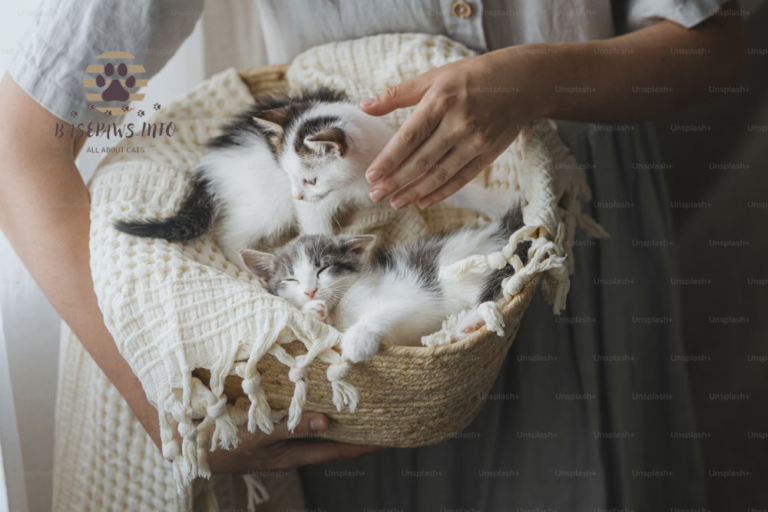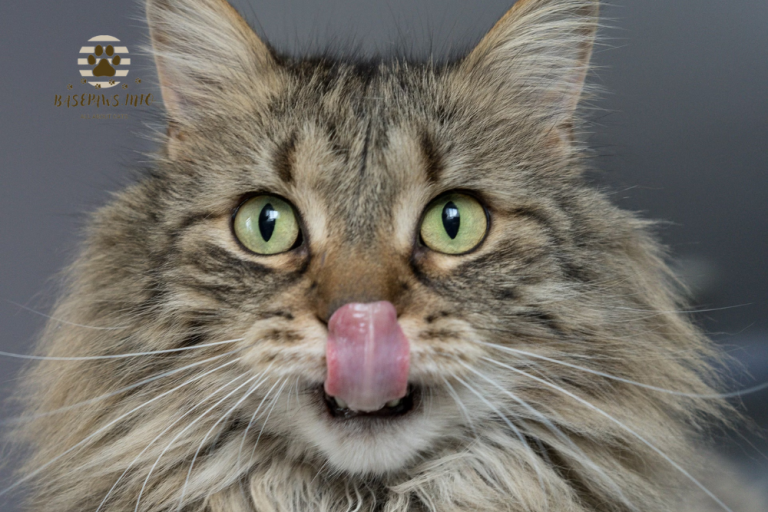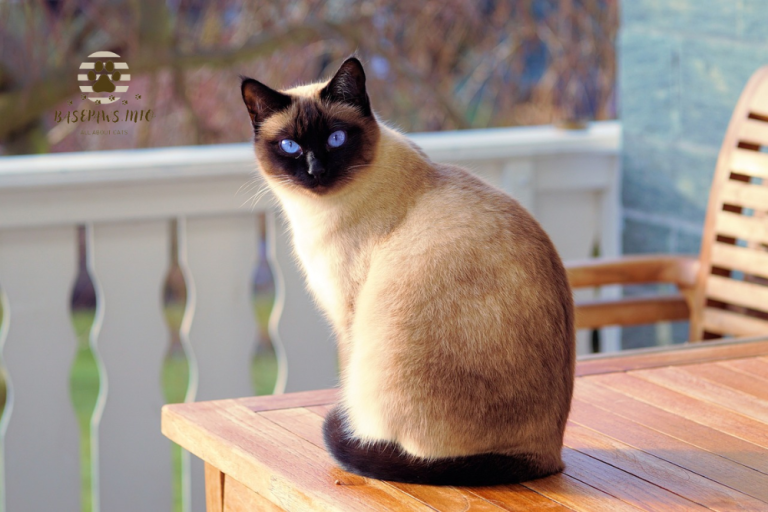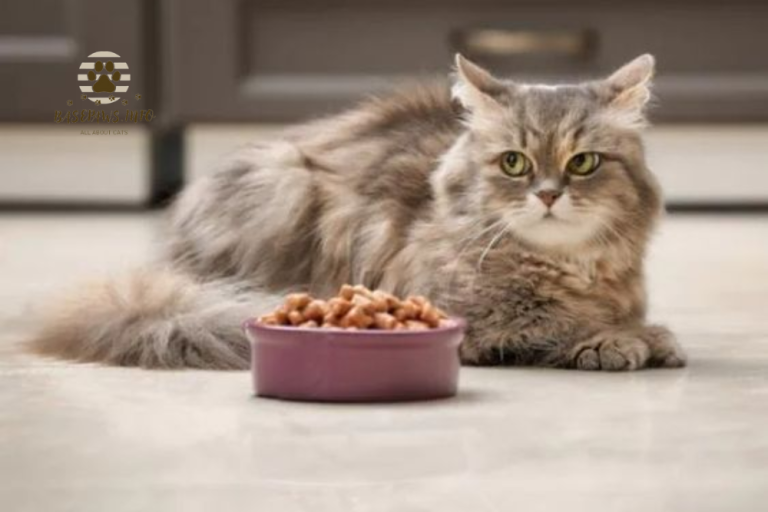Complete Guide to Treating Hairballs in Cats
Hairballs are a common concern for cat owners, and while they’re often harmless, frequent hairballs can indicate underlying issues with your feline friend. Hairballs occur when cats ingest fur while grooming, which then clumps together in the stomach. For some cats, hairballs can lead to digestive blockages, leaving pet owners worried about their furry companions. If your cat is constantly coughing up hairballs, this article will provide solutions and tips to help you reduce and manage them.
In this comprehensive guide, we’ll discuss why hairballs in cats form, how many are considered normal, and what symptoms to watch for. You’ll also learn about effective ways to prevent hairballs, from dietary changes to regular grooming. Whether you have a long-haired or short-haired cat, taking a proactive approach to reducing hairballs can lead to a happier, healthier cat.
What Are Hairballs?
Hairballs are clumps of undigested fur that accumulate in a cat’s digestive system. They form when cats groom themselves and inadvertently swallow loose fur. This fur typically passes through the digestive system, but some of it may get stuck and clump together, forming a hairball. Cats, particularly long-haired breeds, are more prone to hairballs because of their grooming habits and the volume of fur they ingest.
Why Do Hairballs Form?
Cats are meticulous groomers, and their grooming habits cause them to swallow loose fur. The barbs on a cat’s tongue pull the loose fur into their mouth, which is then swallowed. While most fur passes through the digestive system and is excreted, some fur may become trapped in the stomach or intestines, resulting in a hairball. The more fur a cat swallows, the greater the chance of a hairball forming.
Cats with longer fur, or those prone to shedding, have a higher risk of developing hairballs due to the increased amount of fur they ingest. Excessive grooming due to stress or boredom can also contribute to hairball formation.
Are Hairballs in Cats a Problem?
While the occasional hairball is considered normal, frequent or large hairballs can indicate an underlying health issue. If your cat produces hairballs multiple times a week or shows discomfort when trying to expel them, it may be worth exploring preventive measures or consulting your vet. Excessive hairballs can lead to digestive blockages, which may require medical intervention.
How Many Hairballs Are Too Many?
Most cats will produce a hairball once every week or two, depending on their grooming habits. If your cat is producing hairballs more than once a week, this could indicate that they are ingesting too much fur or that their digestive system isn’t able to process the fur effectively. Over time, this could cause discomfort and more serious digestive issues, so it’s essential to monitor your cat’s hairball frequency and make adjustments where necessary.
What Does a Cat Hairball Look Like?
A typical hairball has a long, cylindrical shape because it passes through the narrow esophagus when it is expelled. It is made up of tightly packed fur and may also include stomach contents such as bile. Hairballs differ from vomit in their shape and content—vomit is more liquid and may contain undigested food, while a hairball is primarily composed of fur.
Signs of Hairballs in Cats
Cats with hairballs may show several signs, including:
- Coughing, gagging, or retching: This is the most common symptom of hairballs, as your cat tries to expel the hairball.
- Vomiting: If your cat regularly vomits but doesn’t produce a hairball, there could be a blockage.
- Lethargy: A cat that feels unwell due to hairball blockages may become less active.
- Reduced appetite: Hairballs can cause a cat to feel full, leading to a decrease in appetite.
- Constipation or diarrhea: Digestive changes can occur due to hairballs causing a blockage.
The Danger of Hairballs
In most cases, hairballs are harmless. However, if they become too large or cannot be expelled, they can cause serious complications, such as intestinal blockages. This is more likely to occur in cats that have frequent or large hairballs. Intestinal blockages can be life-threatening and often require surgical intervention.
Watch for signs such as:
- Ongoing vomiting without producing a hairball.
- Swollen abdomen or signs of discomfort when touched.
- Lethargy or lack of appetite.
What Causes Hairballs in Cats?
Hairballs result from grooming habits. When a cat grooms itself, the rough texture of its tongue pulls loose fur into the mouth, where it is swallowed. Long-haired cats, or cats that groom excessively, are at a higher risk of developing hairballs due to the increased ingestion of fur. Digestive issues, such as poor motility, can also slow the passage of fur through the digestive tract, causing hairballs to form more frequently.
Recognizing Symptoms of Hairballs
If your cat is prone to hairballs, you may notice the following symptoms:
- Frequent coughing or retching: This indicates that your cat is trying to expel a hairball.
- Persistent vomiting without successfully expelling a hairball.
- Signs of discomfort such as restlessness, lethargy, or refusal to eat.
- Changes in bowel habits, including constipation or diarrhea.
These symptoms may signal the presence of hairballs or a blockage caused by hairballs.
Want to Prevent Hairballs? Time for Some Brushing Bonding Time
One of the most effective ways to prevent hairballs is to regularly groom your cat. Brushing helps remove loose fur before your cat swallows it, which can drastically reduce the likelihood of hairballs forming. This is especially important for long-haired breeds such as Maine Coons, Persians, and Ragdolls, as they have more fur and tend to shed more frequently.
Tips to Help Your Cat Love Brushing
- Start slow: Let your cat get used to the brush by introducing it gradually.
- Reward your cat with treats and praise during brushing sessions.
- Be gentle and patient: Use slow, smooth strokes to avoid irritating your cat’s skin.
- Choose the right brush for your cat’s fur type—slicker brushes work well for long-haired cats, while bristle brushes are effective for short-haired breeds.
Table: Best Hairball-Prevention Foods and Supplements
| Product Type | Key Benefits | Examples |
|---|---|---|
| Hairball-Formulated Food | Contains fiber to aid digestion and move hair through the digestive system | Hill’s Science Diet Hairball Control, Royal Canin Hairball Care |
| High-Fiber Foods | Adds bulk to the stool, promoting the easy passage of fur | Blue Buffalo Hairball Control, Natural Balance Fat Cats |
| Dietary Supplements | Improves digestion and fur health | Fish oil, Pumpkin, Liquid Paraffin |
| Hairball Prevention Products | Mild laxatives that help move fur through the intestines | Laxatone, Petromalt |
Diet Changes That Can Reduce Hairballs
Diet plays a crucial role in preventing hairballs. A high-fiber diet helps move hair through the digestive tract, reducing the likelihood of hairballs. Special hairball-prevention foods are formulated with extra fiber and fatty acids, promoting healthy digestion and coat health. Increasing fiber in your cat’s diet is one of the most effective ways to prevent hairballs.
Hairball-Formulated Food
Hairball-specific foods are designed to support your cat’s digestive system by adding fiber and nutrients that encourage fur to move smoothly through the intestines. Many of these cat foods also contain omega-3 and omega-6 fatty acids to improve coat health and reduce shedding, which lowers the amount of loose fur that a cat ingests.
Dietary Supplements
Supplements such as fish oil, pumpkin, and liquid paraffin can support your cat’s gastrointestinal health. Fish oil contains omega fatty acids, which improve fur health and reduce shedding. Pumpkin is high in fiber, aiding in digestion and preventing hairballs. Consult your vet before adding supplements to your cat’s diet to ensure they are safe and effective.
Complications of Cat Hairballs
In some cases, hairballs can cause intestinal blockages, leading to serious health issues. Blockages may require surgery to remove and can be life-threatening if not treated promptly. Early detection of hairball-related issues is key to preventing complications.
What if My Cat Is Trying to Cough up a Hairball but Can’t?
If your cat is gagging or retching frequently but cannot expel a hairball, they may have a blockage. This is an emergency situation that requires immediate veterinary attention. Prolonged attempts to cough up a hairball without success may indicate a more severe issue.
When to See a Vet About Hairballs
Seek veterinary advice if your cat:
- Is constantly coughing or gagging.
- Shows signs of lethargy, reduced appetite, or vomiting.
- Has a distended abdomen or seems uncomfortable.
Conclusion
While hairballs are a natural part of a cat’s life, they shouldn’t become a frequent or problematic issue. You can reduce the likelihood of hairballs by brushing your cat regularly, adjusting their diet, and offering supplements. If your cat’s hairball frequency increases or you notice unusual symptoms, don’t hesitate to contact your vet.







